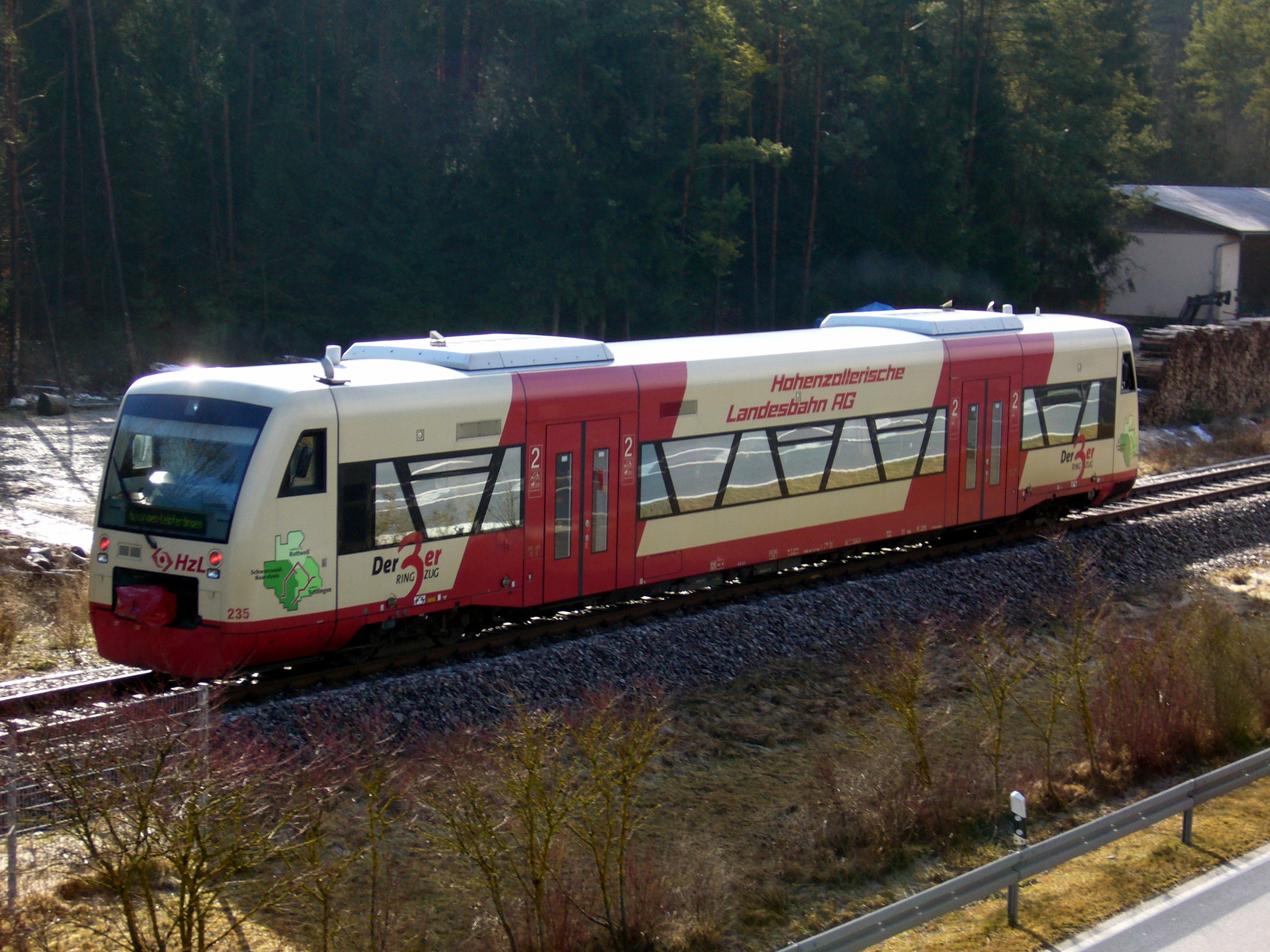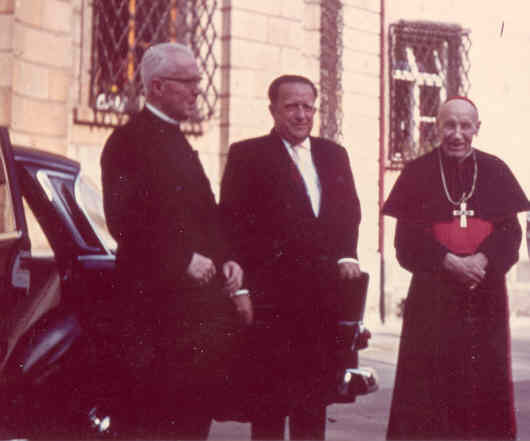|
Blumberg
For the town in South Australia previously called Blumberg, see Birdwood, South Australia. Blumberg is a municipality situated in the Schwarzwald-Baar region of Baden-Württemberg, Germany. Nineteen kilometres south of Donaueschingen, it lies between the southern edge of the ''Schwarzwald'', the Black Forest, the border with Switzerland’s Canton of Schaffhausen, and Lake Constance. History The town of Blumberg is in the region where the ancient source for the Danube is situated, the former glacial valley between Eichberg and Buchberg, and its official origins date from the 13th Century with the ''Masters of Blumberg'' first mentioned in 1260. However one of the oldest settlements, the ''Steppacher Hof'', was already documented in the 12th century, and the town itself is believed to have originated long before that time as archaeological finds have shown the area was inhabited during the Stone Age. The Wutach is a 90km long tributary of the River Rhine that changes nam ... [...More Info...] [...Related Items...] OR: [Wikipedia] [Google] [Baidu] |
Wutach (river)
The Wutach is a river, 91 kilometres long, in the southeastern part of the Black Forest in the German state of Baden-Württemberg. It is a right-hand tributary of the Rhine. In its lower reaches it flows for about 6 kilometres along the border with the canton of Schaffhausen, Switzerland. Name The name Wutach means "furious water", referring to the whitewater rapids in the gorge. ''Wut'' is recognisably cognate to a modern German word for anger; ''ach'', which forms part of the names of many rivers in the region, comes from an old Celtic word for water, cognate with Latin ''aqua''. Course The river changes its name twice before it discharges into the High Rhine near Waldshut: It rises in the Southern Black Forest as the Seebach in a highland hollow known as the ''Grüble'', only a few metres below the summit of the Seebuck, a subpeak of the Black Forest's highest mountain, the Feldberg. Shortly thereafter it drops in three cascades through a height of 62 metres down the F ... [...More Info...] [...Related Items...] OR: [Wikipedia] [Google] [Baidu] |
Birdwood, South Australia
Birdwood is a town near Adelaide, South Australia. It is located in the local government areas of the Adelaide Hills Council and the Mid Murray Council. History Origin of the name Birdwood was originally named ''Blumberg'', by Prussian settlers originating from the area around Zullichau. The original name's origins are uncertain, but it is likely that it derives from Groß Blumberg, a village on the Oder River in the settler's area of origin. The German town name was anglicised to "Birdwood" during World War I, along with many others in the region in 1917. The new name honoured Sir William Birdwood, the Australian Imperial Force general who led the ANZACs at Gallipoli. Around the same time, the government closed the German-language school. European settlement The first Europeans to explore the district were Dr. George Imlay and John Hill in January 1838. In 1839-40 the South Australian Company claimed several Special Surveys in the district which were later subd ... [...More Info...] [...Related Items...] OR: [Wikipedia] [Google] [Baidu] |
Buchberg (Blumberg)
Buchberg is the name of the following places: Municipalities: * Buchberg (Mecklenburg), Ludwigslust-Parchim district, Mecklenburg-Vorpommern, Germany * Buchberg SH, Kanton Schaffhausen, Switzerland Cadastral municipalities and villages: * Buchberg bei Steinbühl, village in the borough of Bad Kötzting, Cham district, Bavaria * Buchberg bei Wettzell, village in the borough of Bad Kötzting, Cham district, Bavaria * Buchberg (Brennberg), village in the municipality of Brennberg, Regensburg district, Bavaria * Buchberg (Bruckberg), village in the municipality of Bruckberg, Landshut district, Bavaria * Buchberg (Feldkirchen-Westerham), village in the municipality of Feldkirchen-Westerham, Rosenheim district, Bavaria * Buchberg (Fischbachau), village in the municipality of Fischbachau, Miesbach district, Bavaria * Buchberg (Gangkofen), Ortsteil der Marktgemeinde Gangkofen, Rottal-Inn district, Bavaria * Buchberg (Geretsried), village in the borough of Geretsried, Bad Tölz-W ... [...More Info...] [...Related Items...] OR: [Wikipedia] [Google] [Baidu] |
Wutach Valley Railway
The Wutach Valley Railway or german: Wutachtalbahn is one of the most unusual and impressive stretches of railway in Germany. It links the town of Waldshut-Tiengen, on the High Rhine Railway (''Hochrheinbahn'') and the border of Baden-Württemberg and Switzerland, with Immendingen on the Black Forest Railway (''Schwarzwaldbahn''). Because of the twisting route of its central section, it is popularly known as the ''Sauschwänzlebahn'' (pigtail line). The line was planned in the 1860s, though construction was not completed until the 1890s, and its purpose was at least partly strategic, to allow a means for moving military supplies around the south of the Black Forest; the German Empire having seized Alsace and Lorraine from the French in the Franco-Prussian war of 1870-71, a revenge attack in this area from the French or a preemptive strike to prevent one were key issues in German military thinking at the time. The normal commercial route along the Rhine passed into Swiss territo ... [...More Info...] [...Related Items...] OR: [Wikipedia] [Google] [Baidu] |
Schwarzwald-Baar
Schwarzwald-Baar () is a ''Landkreis'' (district) in the south of Baden-Württemberg, Germany. Neighboring districts are (from north clockwise) Ortenaukreis, Rottweil, Tuttlingen, Constance, the Swiss canton of Schaffhausen, and the districts Waldshut, Breisgau-Hochschwarzwald and Emmendingen. History The district was created in 1973, when the districts of Donaueschingen and Villingen were merged. Geography The district got its name from the two predominant landscapes in the district. The Black Forest (''Schwarzwald''), and the ''Baar'', the foothills between the Black Forest and the Swabian Alb. Both the Danube River and the Neckar The Neckar () is a river in Germany, mainly flowing through the southwestern state of Baden-Württemberg, with a short section through Hesse. The Neckar is a major right tributary of the Rhine. Rising in the Schwarzwald-Baar-Kreis near Schwenn ... River have their origins in the Schwarzwald and Baar district. Coat of arms The coat of arm ... [...More Info...] [...Related Items...] OR: [Wikipedia] [Google] [Baidu] |
Fürstenberg (princely Family)
Fürstenberg (also Fuerstenberg and Furstenberg) may refer to: Historical states * Fürstenberg-Baar, county (1441–1559) * Fürstenberg-Blumberg, county (1559–1614) * Fürstenberg-Donaueschingen, county (1617–1698) * Fürstenberg-Fürstenberg, county (1408–1441, 1704–1716) and principality (1716–1804) * Fürstenberg-Geisingen, county (1441–1483) * Fürstenberg-Heiligenberg, county (1559–1664) and principality (1664–1716) * Fürstenberg-Messkirch, county (1614–1716) and principality (1716–1744) * Fürstenberg-Möhringen, county (1599–1641) * Fürstenberg-Pürglitz, principality (1762–1806) * Fürstenberg-Stühlingen, county (1614–1704) * Fürstenberg-Taikowitz, county (1759–1806) * Fürstenberg-Weitra, county (1705–1806) * Fürstenberg-Wolfach, county (1408–1490) * Principality of Fürstenberg, county (1250–1408) and principality Cities and municipalities * Fürstenberg/Havel, a city in the district of Oberhavel, Brandenburg, Germany * Fürste ... [...More Info...] [...Related Items...] OR: [Wikipedia] [Google] [Baidu] |
Sophie Scholl
Sophia Magdalena Scholl (9 May 1921 – 22 February 1943) was a German student and anti-Nazi political activist, active within the White Rose non-violent resistance group in Nazi Germany. She was convicted of high treason after having been found distributing anti-war leaflets at the University of Munich (LMU) with her brother, Hans. For her actions, she was executed by guillotine. Since the 1970s, Scholl has been extensively commemorated for her anti-Nazi resistance work. Early life Scholl was the daughter of Magdalena (née Müller) and Robert Scholl, a liberal politician, and ardent Nazi critic, who was the mayor of her hometown of Forchtenberg am Kocher in the Free People's State of Württemberg at the time of her birth. She was the fourth of six children: # Inge Aicher-Scholl (1917–1998) # Hans Scholl (1918–1943) # Elisabeth Hartnagel-Scholl (27 February 1920 – 28 February 2020), married Sophie's long-term boyfriend, Fritz Hartnagel # Sophie Scholl (1921–194 ... [...More Info...] [...Related Items...] OR: [Wikipedia] [Google] [Baidu] |
Augustin Bea
Augustin Bea, S.J. (28 May 1881 – 16 November 1968), was a German Jesuit priest, cardinal, and scholar at the Pontifical Gregorian University, specialising in biblical studies and biblical archaeology. He also served as the personal confessor of Pope Pius XII. He was made a cardinal in 1959 by Pope John XXIII and served as the first president of the Secretariat for Promoting Christian Unity from 1960 until his death. Bea was a leading biblical scholar and ecumenist, who greatly influenced Christian-Jewish relations during the Second Vatican Council in ''Nostra aetate''. Bea published several books, mostly in Latin, and 430 articles. Biography Early life and education Bea was born in Riedböhringen, today a part of Blumberg, Baden-Württemberg; his father was a carpenter. He studied at the universities of Freiburg, Innsbruck, Berlin, and at Valkenburg, the Jesuit house of studies in the Netherlands. On 18 April 1902, he joined the Society of Jesus, as he "was much inclined t ... [...More Info...] [...Related Items...] OR: [Wikipedia] [Google] [Baidu] |
Württemberg
Württemberg ( ; ) is a historical German territory roughly corresponding to the cultural and linguistic region of Swabia. The main town of the region is Stuttgart. Together with Baden and Hohenzollern, two other historical territories, Württemberg now forms the Federal State of Baden-Württemberg. Württemberg was formerly also spelled Würtemberg and Wirtemberg. History Originally part of the old Duchy of Swabia, its history can be summarized in the following periods: *County of Württemberg (1083–1495) * Duchy of Württemberg (1495–1803) *Electorate of Württemberg (1803–1806) *Kingdom of Württemberg (1806–1918) *Free People's State of Württemberg (1918–1945) After World War II, it was split into Württemberg-Baden and Württemberg-Hohenzollern due to the different occupation zones of the United States and France. Finally, in 1952, it was integrated into Baden-Württemberg. Stuttgart, the historical capital city of Württemberg, became the capital of the p ... [...More Info...] [...Related Items...] OR: [Wikipedia] [Google] [Baidu] |
Occupation Zones
Germany was already de facto occupied by the Allies from the real fall of Nazi Germany in World War II on 8 May 1945 to the establishment of the East Germany on 7 October 1949. The Allies (United States, United Kingdom, Soviet Union, and France) asserted joint authority and sovereignty at the 1945 Berlin Declaration. At first, defining Allied-occupied Germany as all territories of the former German Reich before Nazi annexing Austria; however later in the 1945 Potsdam Conference of Allies, the Potsdam Agreement decided the new German border as it stands today. Said border gave Poland and the Soviet Union all regions of Germany (eastern parts of Pomerania, Neumark, Posen-West Prussia, Free City of Danzig, East-Prussia & Silesia) east of the Oder–Neisse line and divided the remaining "Germany as a whole" into the four occupation zones for administrative purposes under the three Western Allies (the United States, the United Kingdom, and France) and the Soviet Union. Although the t ... [...More Info...] [...Related Items...] OR: [Wikipedia] [Google] [Baidu] |
Swabian–Alemannic Fastnacht
The Swabian-Alemannic Fastnacht, Fasnacht (in Switzerland) or Fasnat/Faschnat (in Vorarlberg) is the pre-Lenten carnival in Alemannic folklore in Switzerland, southern Germany, Alsace and Vorarlberg. Etymology Popular etymology often links ''Fastnacht'' (in Mainz also ''Fassenacht'', in Switzerland ''Fasnacht'', in Swabia ''Fasnet'', ''Fasent'') with ''fasten'' ("to fast") – allegedly from celebrations on the eve preceding fasting. In the beginning of the 20th century it was a common assumption that the tradition had its roots in pre-Christian ritual. Comparison of dialect variants, however, yields an Old High German ''*fasanaht'', with an element ''fasa-'' of unclear meaning. A likely derivation looked to Proto-Indo-European ' "purify" (cognate to '' pava-mana''), or alternatively to Middle High German ''vaselen'' "prosper, bud", and interpreted the festival as a fertility rite. Historians around Werner Mezger refuted those theories, and showed that the name derives from '' ... [...More Info...] [...Related Items...] OR: [Wikipedia] [Google] [Baidu] |

.jpg)




